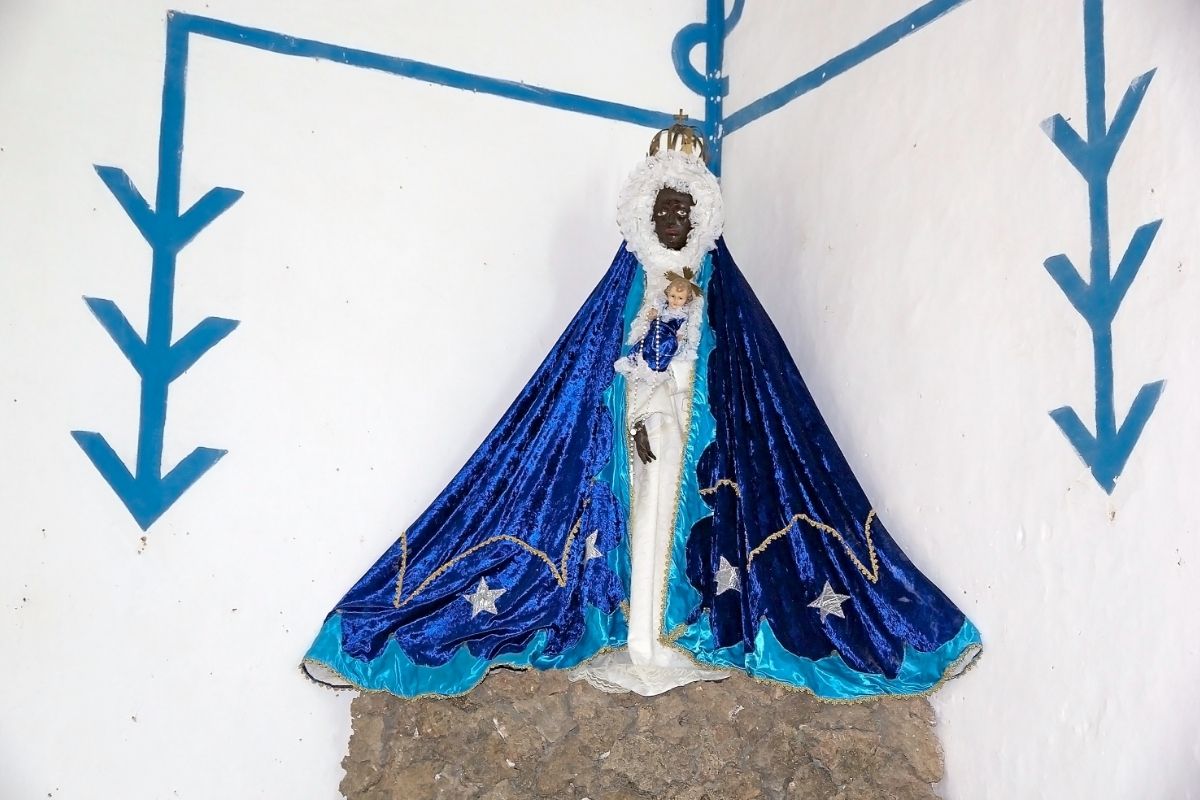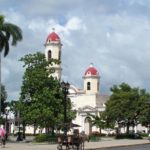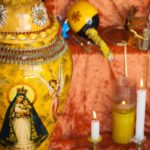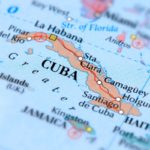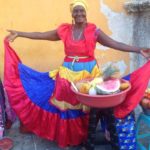Cuba is a region that displays an incredibly culturally diverse religious background.
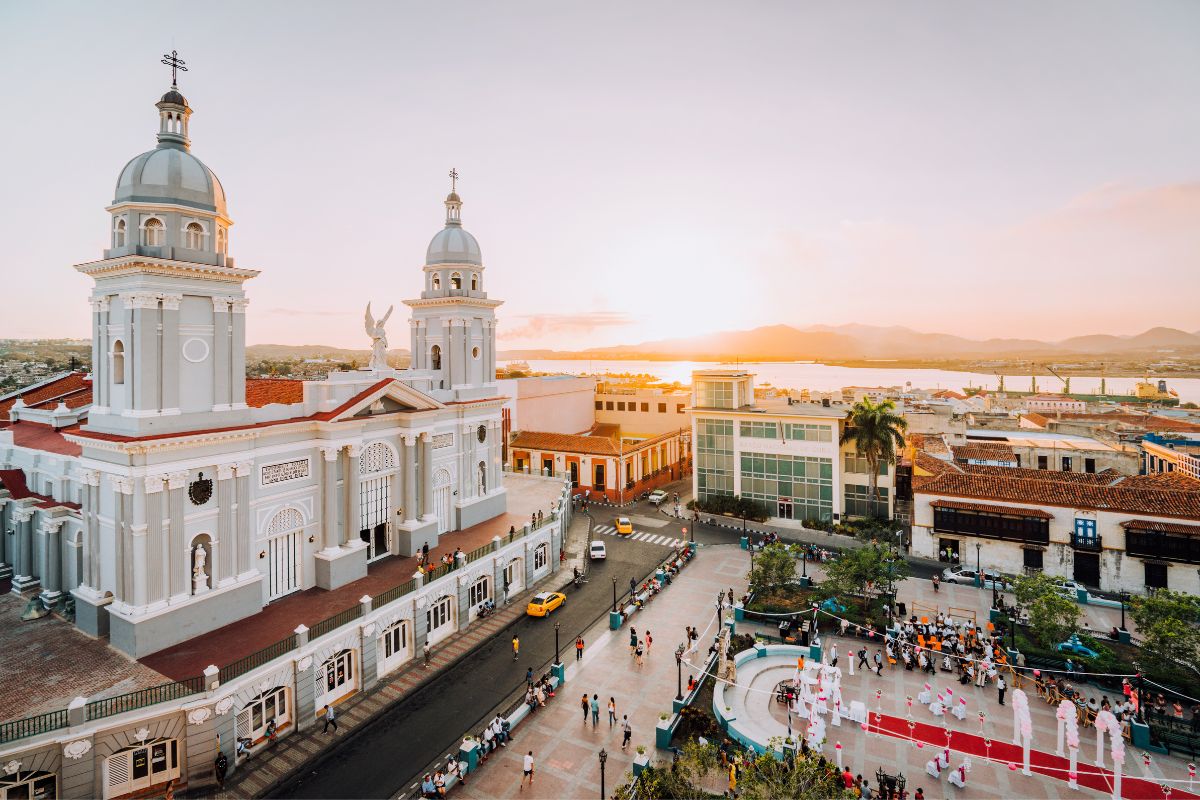
The country was known as an atheist state from Castro’s prevalence over the region, however, the majority of people living in the region today, do in fact, have a religious practice.
In order to find out more about Cuba’s religious background, take a look below as we explore some of the different faiths practiced in the country.
History Of Religion In Cuba
Before we take a look at some of the different religions found in Cuba today, it is first important to understand the region’s complex religious background.
Catholicism and African religions both arrived in Cuba during the same period in time.
The reason why these religions entered the region is because of the Spanish colonization during the 15th century, and the trans atlantic slave trade beginning in the following century.
The Spanish brought Catholocism with them, and the slaves brought a variety of different kinds of African mysticism.
As these religions entered the country, they took on heavily politicized roles.
The Catholic church was a part of Spanish colonialism for much of its early history in the region.
As time moved on, and the region grew disconcerted with Spanish rule, there was a rise for independence.
Cuban independence was eventually achieved in 1898, after a long war that even involved the Americans.
American troops answered the call from Cuba and were deployed all over Cuba, the Philippines and Puerto Rico to help defeat the Spanish.
This eventually affected the practice of Catholicism in the region, because it became a reminder of the Spanish colonial past, making the religion no longer seem trustworthy in the eyes of many.
Colonialism not only caused the breakdown of Catholicism in the region, but also many African religions.
The dominant religion practiced by the slaves who entered the country during the 16th century was called Santería.
This religion became a highly contentious practice because the Spanish demonized them, claiming that they were evil and the work of the Devil.
These slaves who were forced to work in sugar mills eventually had to accept the dominance of Catholocism in the country by the Spanish, but they did so by intermingling their own Santerían beliefs with the religion.
Under the rule of Castro, a revolutionary politician, Cuba continued on with its status as an atheist country.
Things changed drastically, as people who chose to practice Christianity in the country were now punished for doing so.
Despite this, the religion still held a great influence over the region, and was taught to a certain degree in schools.
This was until in 1961, the Catholic schooling system became completely dismantled.
Castro saw that school children were no longer taught about the religion in school, leaving my devout parents to teach their children about Christianity in secret.
Who Is Castro?

Castro is an important figure in our exploration of religion within Cuba.
Castro has an incredibly nuanced and complex relationship with religion, as he was originally baptized as a Christian when he was born.
Despite being baptized, he chose not to practice the religion as he grew up.
Although he did not actively practice the religion during his youth, he had a more positive relationship with Catholicism.
As time passed however, with Castro claiming steadfastly that there is only one life, his alienation to the religion had massive repercussions for the people of Cuba.
Castro’s complete rejection of Christianity in 1962 through the suppression of various religious institutions led to the excommunication of Pope John XXIII with the revolutionary.
As time passed on, however, Castro began to loosen restrictions.
This happened after a positive experience where Jesse Jackson visited the country in 1984.
Castro accompanied Jackson to a church, and began to speak from a pulpit with a Bible placed before him.
A decade later, restrictions were lowered, and Catholic church attendees were again allowed to join the communist party.
Several other different religious practices were reinstated in the country, including the celebration of Christmas, which had previously been illegal.
Several different events followed which loosened the grip of atheism on the country even further.
In 1992, Catro officially declared the country a secular rather than an atheist state.
Castro attended various blessings performed by the Catholic church, and after Pope John Paul’s death in 2005, he attended the mass.
A decade later in 2015, Castro was found to be working alongside the religious leader Pope Francis in discussing environmental issues.
What Are The Dominant Religions In Cuba?
Catholicism
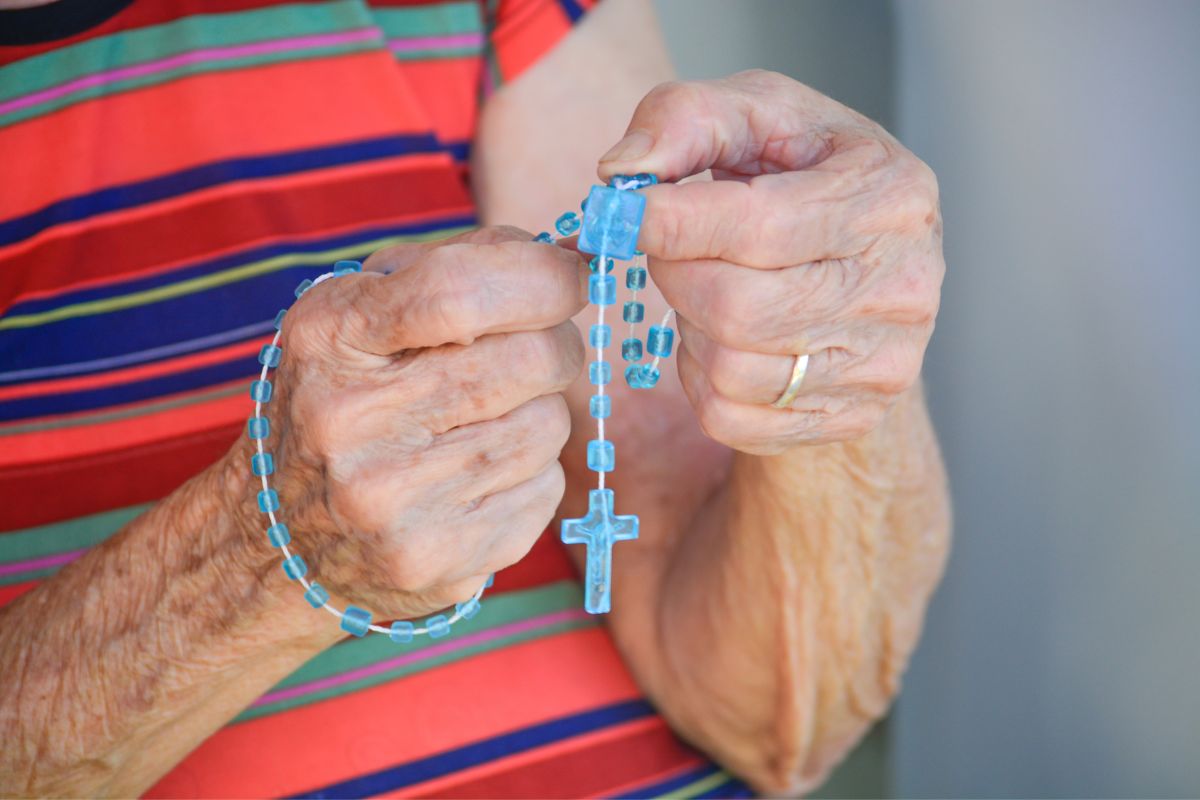
As you will have been able to deduct from Cuba’s religious history, although for many years the region was considered to be an atheist state, the practice of Catholicism was incredibly widespread.
There is no authoritative source which details exactly how much of Cuba’s population are Catholic, however the Roman Catholic church estimates that around 60 to 70 percent of the country are indeed practitioners of the faith.
Despite the many people who are recognized as Catholic in Cuba today, it is estimated that around only 4 – 5 percent of the population are regular attenders of mass.
Santerìa
This is the religion which was originally brought by the slaves settling in Cuba during the 16th century.
Despite attempts by colonizers to stamp out the religion by claiming that it was a defilement of God, the practices from this religion are still held by many living in Cuba in the modern day.
The Santerìa religion is all about the building of relationships between human beings and mortal spirits which are called Orishas.
The Orishas are considered to be manifestations of God.
Through the following of various rituals and acts of respect, practitioners of Santerìa believe that the Orishas are able to provide them with a fulfilling life.
Those who practice the religion believe that each person that is born has a predetermined destiny, and that the Orishas can help them to reach that destiny.
Of all the Orishas believed to exist, each person who practices the faith is assigned one of these deities at birth.
Their own personal Orisha will guide and protect them through life.
As the religion became mixed with Catholicism during the prolonged period of colonization, we can see many influences of the Catholic faith within the Santerìa religion.
Perhaps the most prevalent way that the religion has influenced Santerìa is through its deities.
Several Catholic saints infiltrated the religion, most notably, Our Lady of Charity, who is a river goddess, Saint Barbra, who represents strength and justice, and Saint Lazarus, who helps the sick.
Final Thoughts
Cuban history is far more complex than people realize at first.
Despite the prevalence of Catro’s rule over the region for many decades, the people of Cuba have ensured that the influence of Catholicism lives on.
Indeed, Catholicism is the most popular religion in the country today, and statistics suggest that number is increasing continuously.
- What Is The Largest Island In Cuba? - September 19, 2022
- Havana – Why Is It Cuba’s Most Exciting City? - September 19, 2022
- Cheapest Time To Visit Cuba (Ultimate Guide) - September 19, 2022


